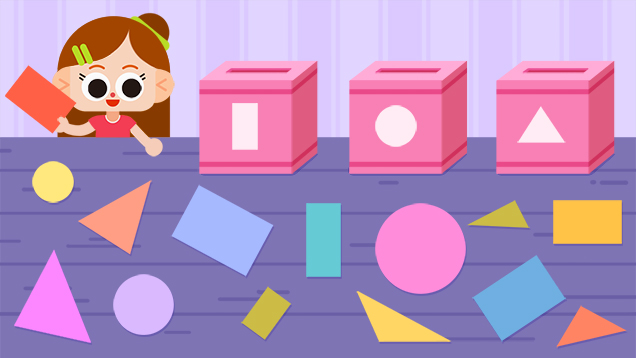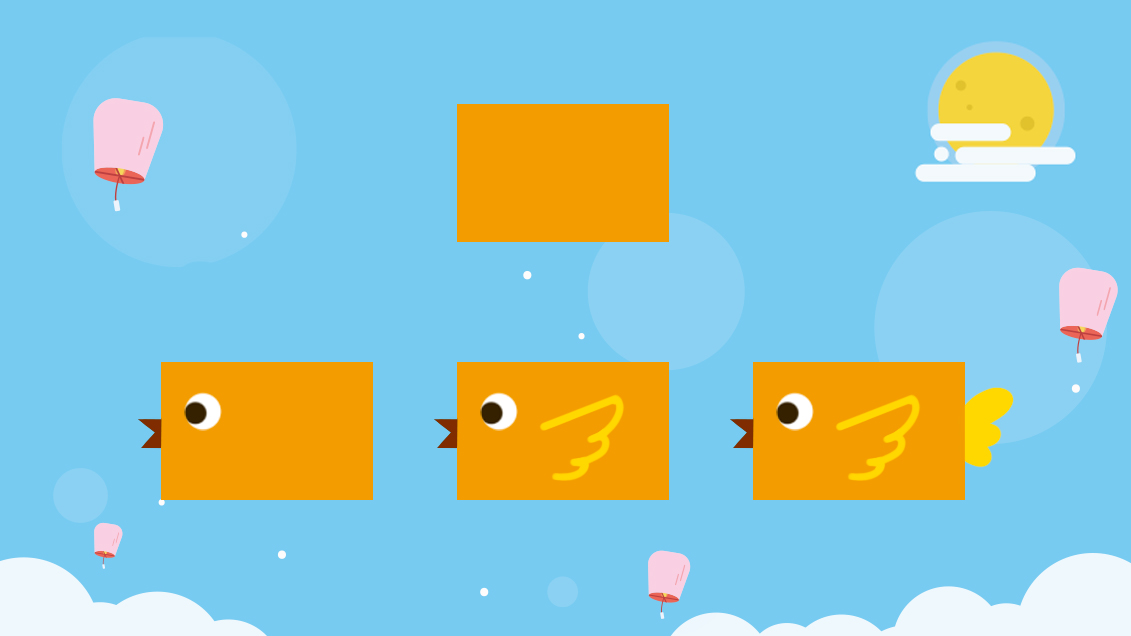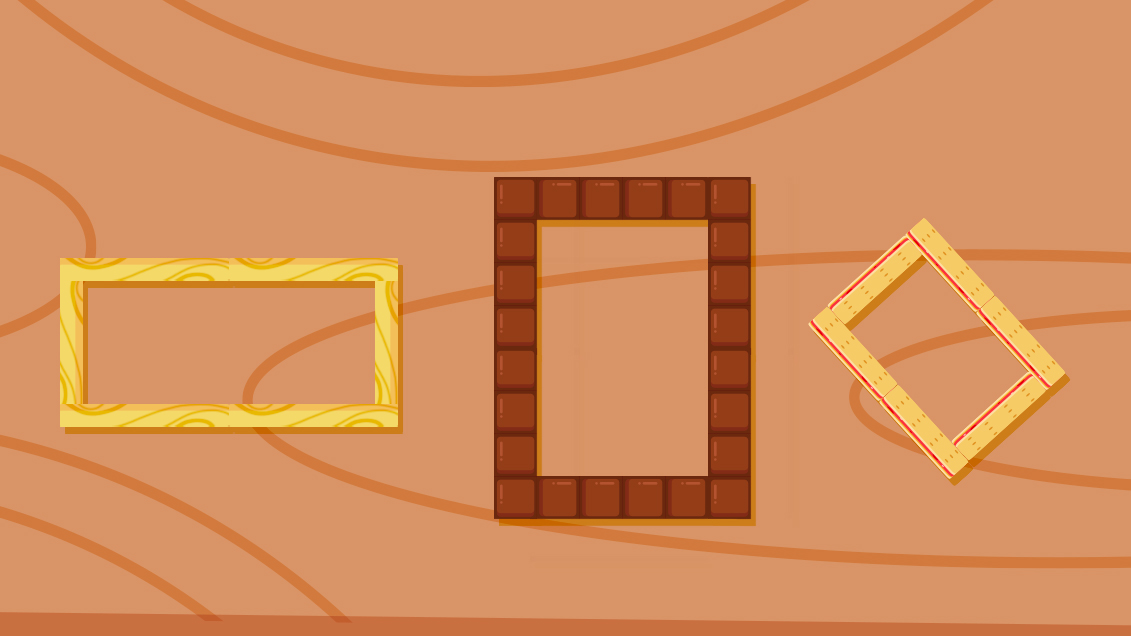Four Sides, Three Steps - Learning Rectangles Made Easy!
by Tom, Jun 22 2022
Rectangles come in different sizes and, yes, even shapes! This makes them more challenging for kids to learn. Recognizing shapes is an important part of learning math for primary school-aged children. It promotes the development of spatial thinking and helps them to better understand things around them in real life. But compared to circles and squares, rectangles are more challenging for children to learn because of their varied shapes. Read this article to help you understand a few tips to help your child recognize rectangles by their attributes.
1. Examples Are Everything
Instead of telling your child what a rectangle is, show them a variety of examples. It's important to let your child recognize shapes through observation and comparison. By observing and comparing, it will be easier for your child to internalize that rectangles can be thick, thin, vertical, or even diagonal. This helps to prevent them from thinking that only a "door-like shape" is a rectangle.
2. Gameplay Is the Way
Let's look at a few activities you can do together with your child to help them discover the attributes of a rectangle.
Super Sorter
First, you'll need a few boxes or baskets, as well as some rectangles, triangles, and circles. It's best if you have shaped blocks, but drawn-on or folded pieces of paper will work too. Label each of your boxes as rectangle, triangle, or circle. Guide your child to sort each of the shapes into the correct box - rectangles in the rectangle box, triangles in the triangle box, and so on.

Mystery Pocket
Prepare an opaque plastic bag and put an assortment of shapes in the bag. Take turns with your child and, with your eyes closed, reach into the bag to touch one shape within. Say what shape it is and remove it from the bag. You can increase the difficulty of this game by adding more shapes, more household items, or adding a time limit.
Rectangle Creatures
In this activity, you'll be making rectangles with your child. Prepare some paper and watercolor pencils, and lead your child to draw a rectangle on the paper. Any size or shape is acceptable. When they're done, let them use their imagination to find ways to turn the rectangle into various small animals by drawing ears, legs, a tail, etc.

Piece By Piece
Gather some cotton swabs, or small branches if you're playing outside. Let your child use the sticks to set up a variety of rectangles. When finished, you can ask them to count how many sticks were used to build each rectangle

3. Staying Active
Below, we have two more activities. These incorporate motion, music, and sports to get kids up and moving - keeping active stimulates the brain in ways sitting at a table can't!
Shape Your Body
You'll need a few players for this game - the more the merrier. Guide your child and their friends to use their fingers, arms, legs, and bodies and pose like rectangles. This uses their kinesthetic sense and helps in consolidating awareness.
Four Corners
Another fun group activity! Start by drawing a few rectangles in an open space; you can label each one with numbers, colors, or letters. Then play music and have the players walk or jog along the sides of the rectangles until the music stops. When it does, each player quickly stands on a corner of the rectangle. After several rounds of repetition, help your child conclude that a rectangle has four sides and four corners.
